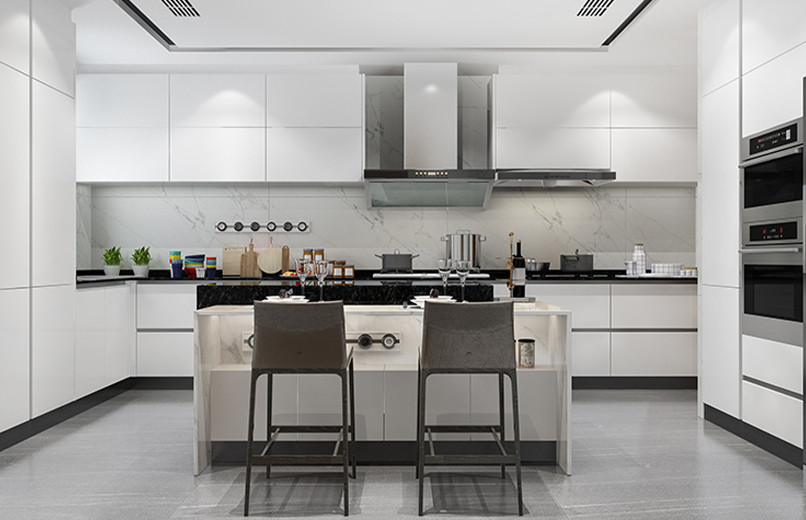APARTMENT PLANNING
Any home buyer desires a harmonious and functional space where each family member can feel as comfortable as possible.
Functionality, Rationality, and Zoning are the three main principles of proper planning.
Rationality means dividing a home's space into functional areas such as the kitchen, living room, bedroom, and hallway, based on how people live in them.
In well-planned homes, the area of each room is carefully chosen to meet the occupant's needs: insufficient space causes discomfort, while excessive space increases financial expenses. Therefore, we should not think about abstract rooms and meters but consider the necessary spaces for each family member in the bedroom, living room, and kitchen.
Functionality
In an ideal home, there should be no empty, useless, or unresolved spaces. A certain function is performed in every corner of the apartments: resting area, storage for belongings, and entertainment. The more carefully planning is reviewed, the easier it is to equip the living space and implement more planning decisions.
Zoning
Apartment planning should allow a person to enter the reception area (living room, hallway) first, then proceed to the kitchen, and from there to the dining room. The private area for the homeowner, which is not always required in the presence of guests, should be somewhat removed. In such planning, the kitchen and dining room become a connecting link between the private half of the apartment and the guest area. The bedroom should be located in the farthest part of the apartment, and the children's bedroom should ideally be placed in the quietest and brightest room.
A well-planned residential building typically divides the space into the following zones:
Guest - kitchen, living room, dining room
Personal - bedroom, bathroom
Special rooms - private room, dressing room, if the living space permits
Apartment area
The most important parameter of planning is the size of the living space. Before buying an apartment, objectively assess how many square meters each person will need. Ideally, consider the age, gender, needs, lifestyle, and character of each family member, and the possibility of expanding the family. If there are frequent guests, appropriate zones will be required, and business people may need a separate quiet room. It is essential to provide a place for relaxation and hobbies.
Optimal planning that most people prefer:
12 sq/m large kitchen or 20 sq/m combined kitchen and living room
views from several sides, large windows for better lighting;
storage space or dressing room;
including the presence of a balcony.
Room proportions
Creating comfortable and cozy apartments is impossible without considering the necessary proportions between rooms. The optimal room has a 4:3 aspect ratio, either square or rectangular. It is problematic to create a comfortable living space in long, narrow rooms.
Perfect apartment planning involves short, comfortable connections between zones without unnecessary corridors and transitions. It is better to have access to the rooms from the hallway as much as possible. When doors are opened and closed, they should not interfere with free movement between them. In terms of the appearance of the space, the height and area of recesses, intersections, and other elements are relatively essential.
Proper lighting
It is pleasant to see a sunset from the window in the evening hours, and after noon, the sun should illuminate the children's bedroom. Therefore, when choosing an apartment, many people pay attention to how the buildings are oriented to light points. Often, windows in apartments face two or even three sides with light.
For those who love an abundance of light, an apartment with two sides located on the "west-east" axis will be suitable, and in this case, there will be daylight throughout the day. At the same time, it is advisable to have the living and children's bedrooms preferably located on the south side.



